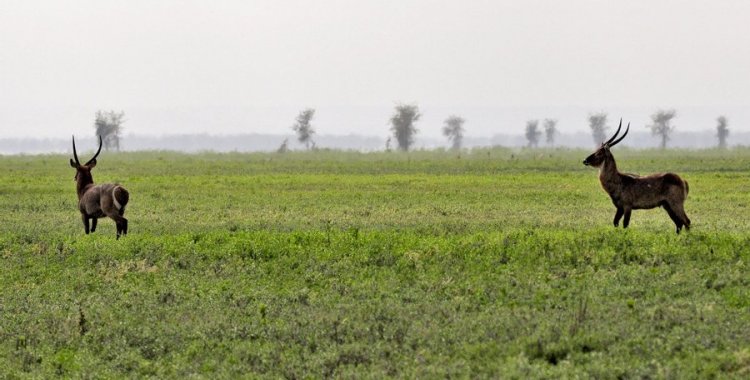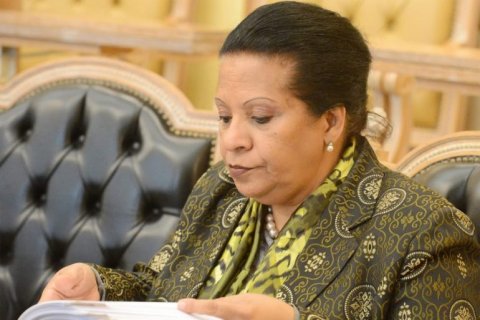Among these species are, for example, reptiles, fish, mammals, amphibians, among others, which according to Karlien Costa were found in an area of 150,000 square kilometers. These kilometers, he said, cover areas of the provinces of Bié, Cuando Cubango, and the highlight goes to Moxico, especially in the commune of Témpue (Luchazes municipality), in which the largest of the rare species was discovered, writes Angop.
According to the director of National Geographic in Angola the discovery - fruit of the scientific expedition that started in 2015 - occurred in the plains of the rivers Cuanavale, Cuando, Cuito, Cassai, Lunguembungo, Cuvaguin and Zambeze.
Regardless of this result, the official said, cited by Angop, that the studies are continuing, since a system of cameras and moving sensors is being set up, in order to collect the necessary information in the research areas.
Vladimir Russo, senior technician from National Geographic, highlighted the potential of the area called Lisima lya Mwono (Source of Life), which is located in Moxico. According to him, this area supports the life of relevant species of fauna and flora, as well as fulfills an important role for more than one million citizens, writes Angop.
He also took the opportunity to defend the relevance of governments to define agreements aimed at strengthening the protection of the environment, since "diversity has no border, because the delta is in Botswana, but the waters leave Angola".
In turn, Amélia Masseca Jordão, representative of the National Institute of Biodiversity and Conservation Areas, presenting the National Biodiversity Strategy 2019-2025, said it is necessary to protect the ecosystem. "There are places that have a very intimate cultural connection with the communities, in that sense, we have to preserve these places, if they disappear the communities end up losing their identity," she indicated, cited by Angop.







